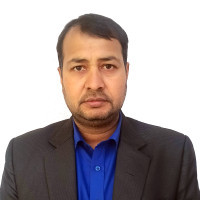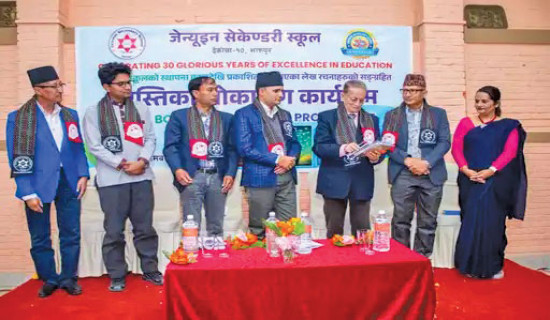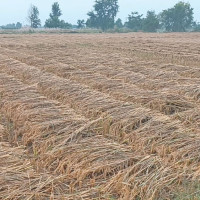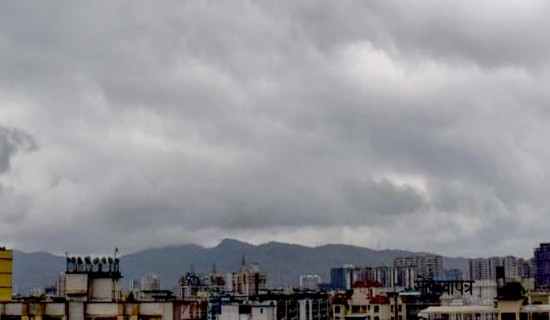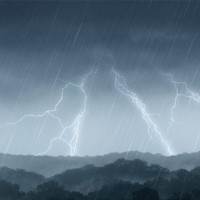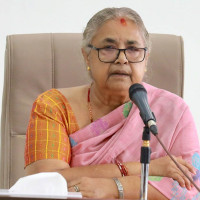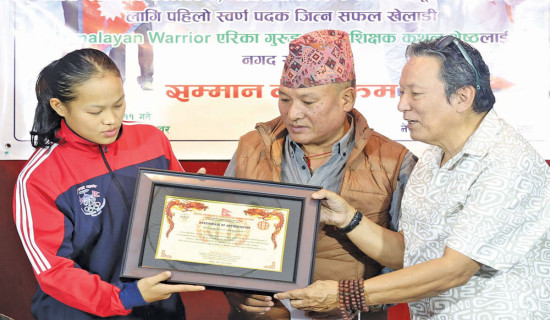- Wednesday, 29 October 2025
Upper Trishuli-1 HEP spends Rs. 170 million in affected areas through SSP
Kathmandu, Feb. 13: The Upper Trishuli-1 Hydroelectricity Project with a total capacity of 216 MW under construction in Rasuwa district has so far spent around Rs. 170 million in the project affected areas through the Social Support Programme (SSP).
The promoter of the project, Nepal Water and Energy Development Company, has been supporting the affected areas through programmes such as education, health, drinking water, road infrastructure, cultural development, relief distribution, livelihood and income generation under the SSP, Corporate Social Responsibility (CSR) and Indigenous Community Planning Programmes.
Under the leadership of Korean companies in foreign direct investment, the dam and other structures of the project are being constructed in Haku of Aamachhodingmo Rural Municipality-1 of Rasuwa and the underground power house and other structures are being constructed in Uttargaya Rural Municipality-1.
Upper Trishuli-1 Hydroelectricity Project, where the generated electricity will be used for domestic consumption, is the largest project under construction with foreign direct investment.
In the project area that was badly affected by the 2015 earthquake, the company had conducted programmes such as distributing relief materials and constructing temporary shelters for earthquake victims, constructing buildings for schools and health institutions, rescue by helicopter and conducting health camps.
According to Nepal Water and Energy Development Company (NWEDC), for the first time in Nepal, free, prior, informed, consent (FPIC) has been implemented with the project affected indigenous communities.
A separate indigenous community plan has been implemented by paying attention to the location, environment and cultural characteristics of the indigenous community.
Similarly, a separate budget has been allocated through the plan to operate programmes selected by the community itself. Around Rs. 25 million has been spent through this so far, said the company.
Chief Executive Officer of NWEDC Byeong Soo Min said that the community support programme was conducted with special attention to improving the economic and social conditions of the project-affected people, employment and livelihood and development of the area.
Stating that the project is conducting support programmes by selecting projects on a priority basis according to the demands of the local residents, he said that it will be conducted continuously.
The project has spent Rs. 78.614 million to construct a Bailey bridge over the Trishuli River in Haku Valley. After the construction of the bridge, the residents of Haku area in Aamachhodingmo Rural Municipality-1 and 2 have access to roads and can travel mainly towards the district headquarters Dhunche, Nuwakot and Kathmandu. Similarly, around Rs. 1.85 million has been spent for road construction in the project affected area.
In addition, an additional Rs. 7 million has been spent for the construction of Dhunche-Kholdol road.
For educational improvement in the affected area, school buildings have been constructed and educational materials have been provided, the company said.
In addition, one teacher has been provided to each of the three schools in Haku since 2018.
The project has been supporting the construction of buildings, including monasteries and other programmes to preserve and promote the customs of the indigenous people of the area.
According to the company, training has been provided to 121 people from project-affected households to uplift their livelihoods and increase their income.
Currently, about 1,000 workers are deployed in project construction. Out of this, about 400 are local residents of Rasuwa district. Out of 400 workers, 154 are from project-affected households.
During the project construction period (5 years), around 800-1,000 Nepali workers will get daily employment.
The main construction of the project was started in December 2021. The construction of all structures, including underground power house, main tunnel, dam and others is progressing at a rapid pace from all sides, said the company.
The overall physical progress of the project is 52 per cent.
Korean Company Doosan is working on the engineering, procurement and construction model for the project construction.
The project promoter, KWEDC, has equity investments from the Korean government-owned Korea South-East Power (KOEN), the International Finance Corporation under the World Bank Group and others.
The project has been financed by 70 per cent debt and 30 per cent equity.
Nine international financial institutions have signed an agreement to invest USD 453.2 million in the project, which has a total estimated cost of USD 647.3 million (including interest during the construction period). The remaining amount has been raised from equity.
The project will generate 1.53 billion units of electricity annually.
Of the total annual energy generated by the project, 38.75 per cent will be generated in winter and 61.25 per cent in the rainy season.
The generated energy will be connected to the Trishuli-3B Hub Substation being constructed by the Nepal Electricity Authority and will flow into the national grid.
The power purchase agreement between the company and the NEA has been concluded.
The project is considered attractive for the country's electricity system as it is close to the Kathmandu load centre and will generate 104 megawatts of electricity even in winter, when electricity demand is the highest.


